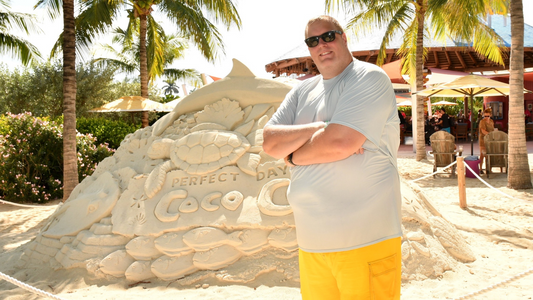

What Muscles Do Lunges Work?
Lunge exercises are a versatile way to target your lower body muscles to build stability, strength and flexibility. If you are wondering how much those lunges in your workout routine matter, it is important to consider their benefits. What muscles do lunges work? Your lunge sets target a variety of the muscles in the lower body, and you can even alter those targets with some slight adjustments to your lunge movements. ZOZOFIT breaks it all down here.
What Muscles Do Lunges Work?
Your lower body muscles do the bulk of the work with lunges.
Quadriceps
The quadriceps sit in the front of your thigh, and they do a lot of work during a lunge. These muscles extend your knee joint, so your forward and reverse movements during lunges target the quads. You might feel them work when you rise from your lunge position as well.
Hamstrings
The hamstrings in the back of your thigh work hard with lunges as well. They support your knee joint and keep it stable during the movement as well as helping control your descent into the lunge position.
Glutes
The muscles in your buttocks, called the gluteal muscles, are vital to your lunge repetitions. Those muscles extend your hip joint, which happens as you return up from the lunge. The overall movement targets your hip adductors and extensors, working the gluteal muscles hard to help you build strength.
Adductors
The muscles on your inner thigh, called adductors, stabilize your body during lunges. They regulate your lateral movement and contribute to proper leg alignment.
Calves
Lunges target calf muscles as they stabilize the ankle joint. The transition between lunge positions can leave that joint vulnerable without that added support. Toning your calf muscles through lunges helps ensure general balance and stability as well.
Core
The movements involved with your lunges help strengthen your core muscles. As you maintain an upright position when you lunge, your core muscles hold that position. This helps stabilize your upper body and protect your lower back.
What Muscles Do Lunges Work With Modifications?
Modifying your lunge movement can help you focus your efforts on specific muscle groups. For example, a reverse lunge will shift the emphasis to your glutes and hamstrings instead of your quadriceps. Side lunges intensify the focus on the adductors in your inner thigh. A curtsy lunge incorporates some diagonal movement, which targets the glutes and inner thigh muscles differently as well.
What Muscles Do Lunges Work Consistently?
As you can see, lunges are an ideal way to target your lower body for toning and strength. That makes lunges a valuable part of your workout routine. What muscles do lunges work when you do them regularly? They target your entire lower body. Incorporate lunges into your workout routine and change the style of your movements periodically to increase the focus on other parts of your lower body. This gives you the maximum toning benefits.
For more fitness and workout tips and to see how you can watch your body’s toning and transformation in real-time, check out ZOZOFIT's 3D body measurement system today.

![zf-w-[168px] zf-h-[40px]](http://zozofit.com/cdn/shop/t/15/assets/logo-desktop.png?v=117713855448369080381753069598)


